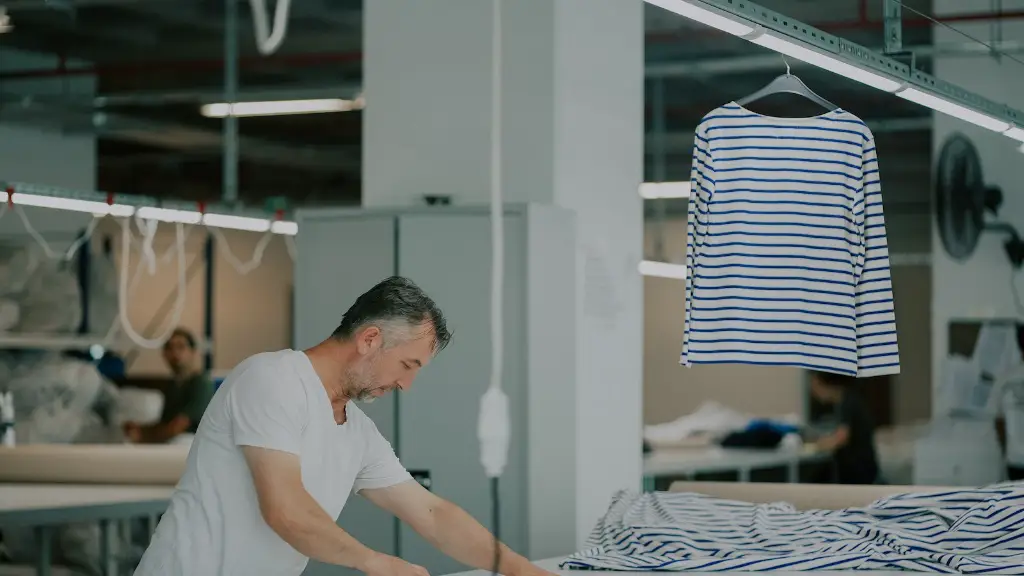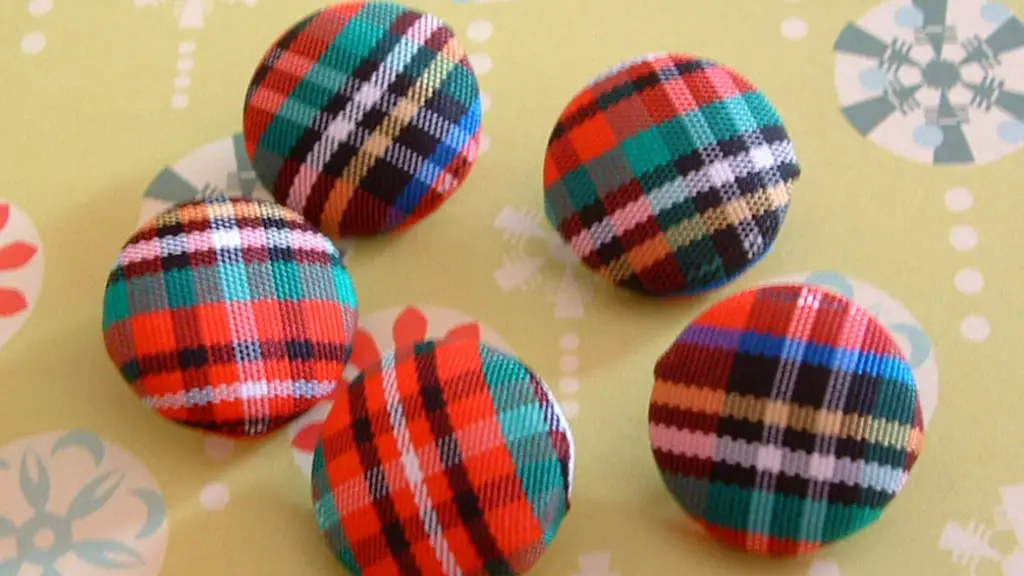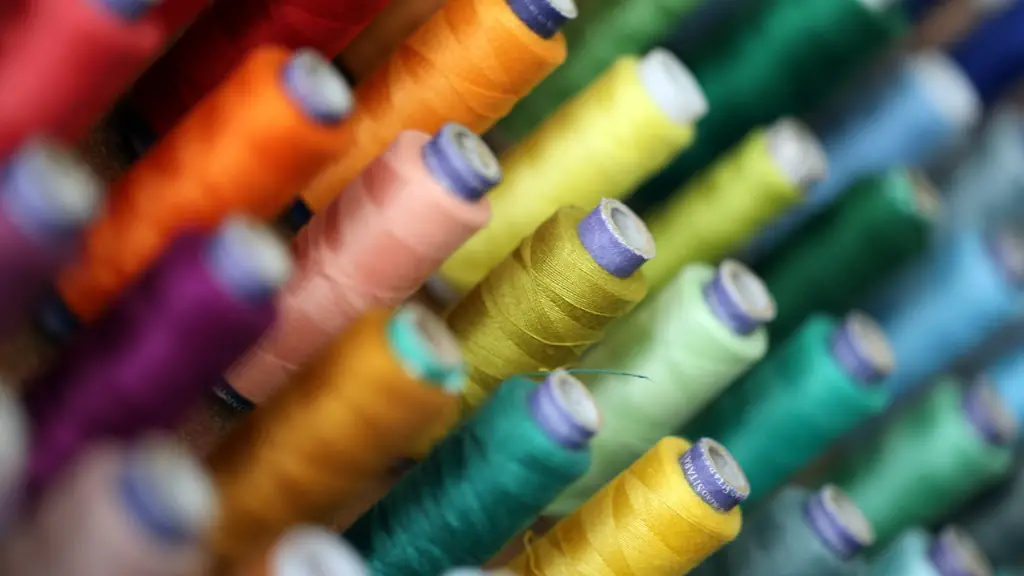Introduction
Sewing machines and sergers are often confused for the same thing. It is easy to understand why, since sergers are also sewing machines, but operate in a completely different way. As a result, it can be difficult to know when to use a serger and when to use a regular sewing machine. The purpose of this article is to provide an overview of how and when to use a serger and whether it can double as a sewing machine.
What is a Serger?
A serger is a type of sewing machine that offers specialized advantages over standard, straight-stitch sewing machines. While designed to be used in conjunction with regular sewing machines, they are capable of all the same sewing techniques that are used on regular machines. They use either three or four threads, depending on the machine, and have specialized knives that cut and finish the edges of seams. In addition, sergers have specialized needles and loopers which create rolled hems, flat-lock seams, stretch stitches, plain and decorative overlock stitches and more.
Advantages of using a Serger
One of the primary advantages of using a serger is its ability to finish seam edges quickly and securely. Standard sewing machines typically just stitch the seams together, leaving the edges unfinished and somewhat frayed. A serger machine, on the other hand, neatly trims and finishes seam edges as it sews. This makes for a neat, professional-looking finish and greatly reduces the need for hand-stitching the edges.
In addition, sergers are more efficient than standard sewing machines for constructing garments. By quickly cutting and finishing seam edges as it sews, the machine eliminates excess bulk and added steps. This makes garment- construction much faster and easier, allowing users to make clothes in less time.
Can You Use a Serger as a Sewing Machine?
No, a serger cannot technically be used as a regular sewing machine. It is designed to efficiently trim and finish stitch edges, rather than the traditional straight stitching that standard sewing machines are designed to do. Sergers can create rolled hems, decorative overlock stitches and other specialized techniques, but they cannot perform basic stitching techniques.
That said, there are specific techniques and stitches that sergers are capable of that are not possible on regular sewing machines. For example, sergers are capable of doing cover stitching which can create a more tailored finish, as well as trimming and finishing seams in one step. In addition, sergers can create beautiful overlock stitches that can add a designer-look to your clothes.
When to Use a Serger
When it comes to sewing, the decision to use a serger should be a matter of efficiency and convenience. Sergers can save valuable time when it comes to stitching hems and finishing seam edges. In addition, when constructing garments from raw fabrics, sergers are the ideal choice for quickly trimming, stitching and finishing seams in one step.
When Not to Use a Serger
Despite their speed and efficiency, there are certain techniques and techniques that sergers are not ideally suited for. One such technique is French seams, which require two passes of stitching with a regular sewing machine. Quilting is another technique that is best done on a standard sewing machine. Quilting requires precision and accuracy and is best done on a machine designed for the task.
In addition, detailed and intricate embroidery, monograms and applique should be done on a standard sewing machine as these require greater accuracy, control and precision when stitching.
Serger Maintenance
Like all machines, a serger requires regular maintenance in order to operate properly. The first step is to make sure the machine is always properly lubricated. This is particularly true with sergers as they have a higher rate of wear and tear due to the specialized trimming and stitching techniques they are designed to do.
In addition, tension should also always be checked and adjusted as needed before starting a project. This ensures that the threads, needles and loopers are all operating at their intended tension and that the seam edges are being trimmed and stitched properly.
Conclusion
In summary, a serger can be a great addition to any sewing arsenal. It is ideal for quickly finishing and trimming seam edges and for creating specialized, designer-looking stitches. Sergers are not ideal for intricate, detailed embroidery, quilting, or applique, however, as these require greater precision and detail. It is also important to regularly lubricate and adjust the tension of the machine in order to ensure it is functioning properly.


